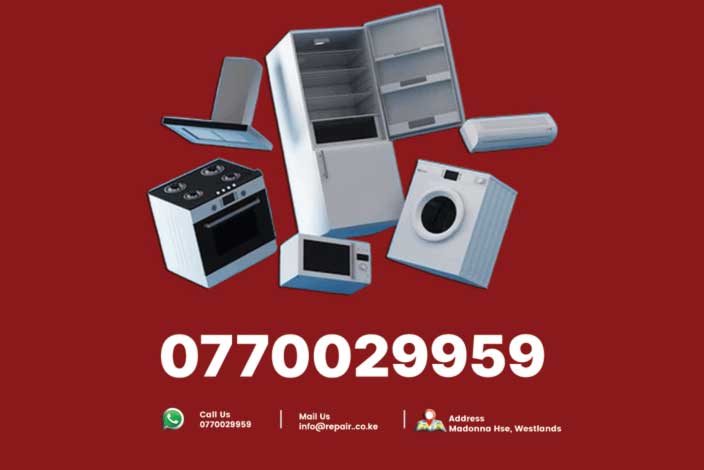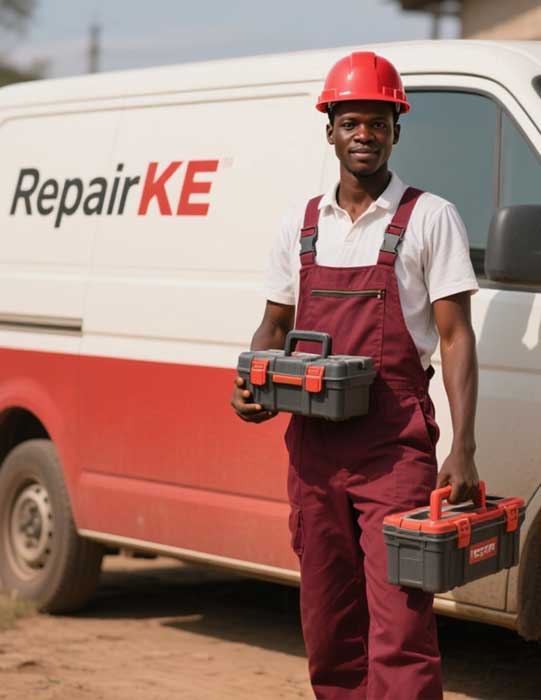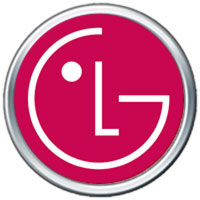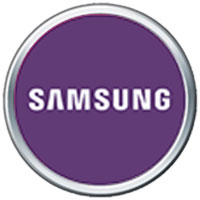LED/LCD TV Backlight Repair
LED and LCD TVs have become staples in homes worldwide, offering vibrant visuals and sleek designs. However, one of the most common issues these TVs face is backlight failure, which can dim the screen, create dark spots, or render the display completely black. Repairing the backlight is often a cost-effective alternative to replacing the entire TV. This article explores the causes of backlight issues, the repair process, and essential considerations for restoring your TV’s performance.
A Practical Solution for TV Longevity
Backlight repair for LED and LCD TVs is a practical and economical solution that can breathe new life into a malfunctioning television. By addressing backlight issues promptly, you can avoid the expense of a new TV and extend the lifespan of your current device. Whether you opt for a DIY repair or hire a professional technician, understanding the process and potential challenges ensures a successful outcome. With proper care and maintenance, your TV can continue to deliver stunning visuals for years to come.
Understanding LED/LCD TV Backlights
The backlight is a critical component of LED and LCD TVs, providing the illumination needed to make images visible on the screen. In LCD TVs, the backlight typically consists of cold cathode fluorescent lamps (CCFLs), while LED TVs use light-emitting diodes (LEDs) arranged in strips or arrays behind the screen. These LEDs are more energy-efficient and durable than CCFLs but are still susceptible to failure over time.
Backlight issues manifest in various ways, including:
- Dim or uneven brightness: Certain areas of the screen appear darker than others.
- Flickering or flashing: The screen intermittently dims or flashes.
- Completely dark screen: The TV powers on, but no image is visible, though sound may still work.
- Dark spots or bars: Specific sections of the screen remain dark due to localized LED failure.
These symptoms often indicate that one or more LEDs in the backlight array have burned out or that the power supply to the backlight is faulty.
Common Causes of Backlight Failure
Several factors can contribute to backlight issues in LED/LCD TVs:
- Burned-out LEDs: Over time, LEDs can degrade or fail due to prolonged use or manufacturing defects.
- Faulty power supply: The inverter board or power supply unit may fail to deliver consistent voltage to the backlight.
- Overheating: Poor ventilation or extended operation can cause LEDs to overheat, reducing their lifespan.
- Loose connections: Wiring or connectors between the backlight and power board may become loose or damaged.
- Capacitor failure: Faulty capacitors in the power supply can disrupt voltage regulation, affecting backlight performance.
Identifying the root cause is crucial for effective repair, as replacing LEDs without addressing power issues, for example, may lead to recurring problems.
The Backlight Repair Process
Repairing an LED/LCD TV backlight involves a systematic approach, whether performed by a professional or as a DIY project. Here’s an overview of the typical steps:
- Diagnosis: Confirm that the backlight is the issue by checking for symptoms like a dark screen with audible sound. Shining a flashlight on the screen at an angle (flashlight test) can reveal faint images, indicating a backlight problem rather than a panel failure.
- Disassembly: Carefully open the TV by removing the back panel and bezel. This requires precision to avoid damaging delicate components like the LCD panel or ribbon cables.
- Inspection: Examine the LED strips or CCFL lamps for visible damage, such as burned-out LEDs or blackened areas. Check the power board and inverter for signs of capacitor bulging or burnt components.
- Replacement: Replace faulty LED strips or CCFL lamps with compatible parts. Ensure the replacements match the TV’s model specifications for voltage and size. If the power board is defective, replace or repair it by swapping out damaged capacitors or transistors.
- Reassembly and Testing: Reconnect all components, reassemble the TV, and power it on to verify that the backlight functions correctly. Adjust brightness settings to ensure even illumination.
DIY vs. Professional Repair
Deciding between a DIY repair and hiring a professional depends on your skill level and comfort with electronics. DIY repairs can save money, with LED strip kits costing $10–$50 (Ksh 1,000–5,000 in Kenya, for context), but they carry risks:
- Technical complexity: Disassembling a TV requires careful handling to avoid damaging the screen or circuits.
- Warranty concerns: Opening the TV may void any remaining warranty.
- Safety hazards: Working with high-voltage components like the power board poses risks of electric shock.
Professional repair services, while more expensive (typically $50–$150 or Ksh 5,000–15,000), offer expertise and warranties on parts and labor. Reputable technicians use high-quality replacement parts and diagnostic tools to ensure lasting repairs.
Tips for Successful Backlight Repair
- Source quality parts: Purchase LED strips or CCFL lamps from trusted suppliers to avoid premature failures.
- Follow safety precautions: Disconnect the TV from power and discharge capacitors before handling internal components.
- Document the process: Take photos during disassembly to guide reassembly.
- Test thoroughly: After repair, run the TV for several hours to confirm stability.
- Maintain your TV: Prevent future backlight issues by ensuring proper ventilation, avoiding excessive brightness settings, and powering off the TV when not in use.






